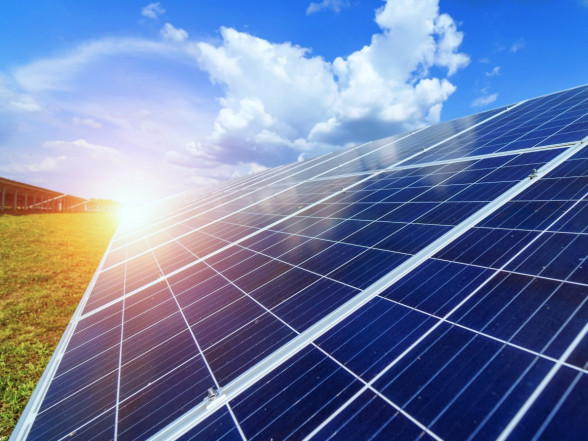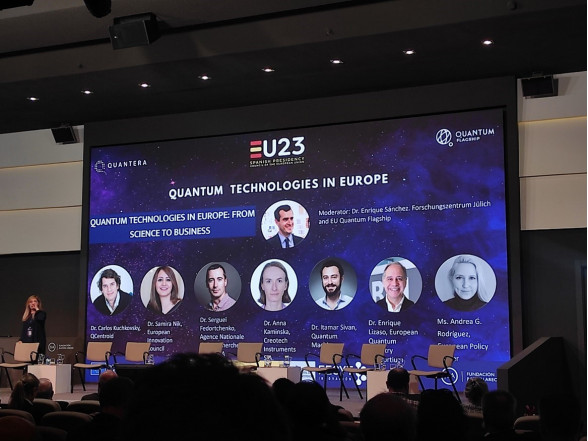On April 5, partners of the M.Era.net project “Engineering of two-dimensional heterostructural photocatalysts for H2 generation” (HetCat) convened at the ISSP UL for a meeting and lab tour.
During the meeting at the ISSP UL, partners of the HetCat project discussed the current progress of their research, addressing challenges related to the efficiency of photocatalysts and the integration of 2D nanostructures. They reviewed the initial findings from their experiments and shared insights on optimizing charge separation and enhancing light absorption. Additionally, the partners discussed future project-related plans. A key focus of the meeting was aligning the project milestones with the overall objectives, ensuring that each partner’s contributions are effectively integrated into the project timeline. This strategic alignment is crucial for the project’s success and was a significant part of the meeting’s discussions.
The partners had the opportunity to visit several laboratories at ISSP UL, including the Laboratory of Spectroscopy, the Laboratory of Thin Films, and the Energy Materials Laboratory. During this tour, they learned about the advanced capabilities of the researchers and were introduced to the state-of-the-art equipment available for their studies. This hands-on experience not only highlighted the technical expertise at ISSP UL but also fostered collaboration among the partners by showcasing methods and tools utilized in their ongoing research. The visit reinforced the importance of interdisciplinary approaches in developing innovative photocatalytic systems, ultimately contributing to the project’s goal of improving solar energy conversion for hydrogen generation.
The HetCat project runs from July 2023 to July 2026 and is coordinated by Dr.habil.phys. Eugene Cotomin, a leading researcher at the Laboratory of Kinetics in Self-Organizing Systems. The project involves collaboration between the Jozef Stefan Institute in Slovenia, Taiwan University, and ISSP UL. With a budget of 600,000 euros, of which 210,000 euros are allocated to ISSP UL, the project aims to develop efficient photocatalysts for solar energy conversion to hydrogen (H2) through water splitting. Despite the challenges of low solar-to-hydrogen efficiency due to issues like charge recombination and light harvesting inefficiencies, the project is committed to enhancing these processes by designing optimized photocatalytic systems using 2D nanostructures of metal titanates and niobates, leveraging advanced DFT calculations and holistic approaches to foster innovation in sustainable energy technology.



